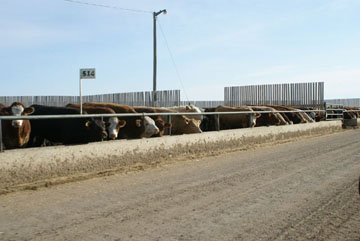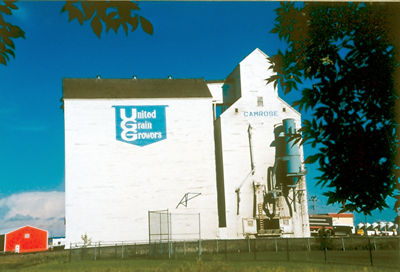Article
Chemical and Chemical Products Industries
Chemical manufacturing entails the conversion of one material to another by a chemical reaction on a commercial scale. The starting material (feedstock) can be a natural substance or a relatively pure chemical used as an "intermediate" for subsequent upgrading.









